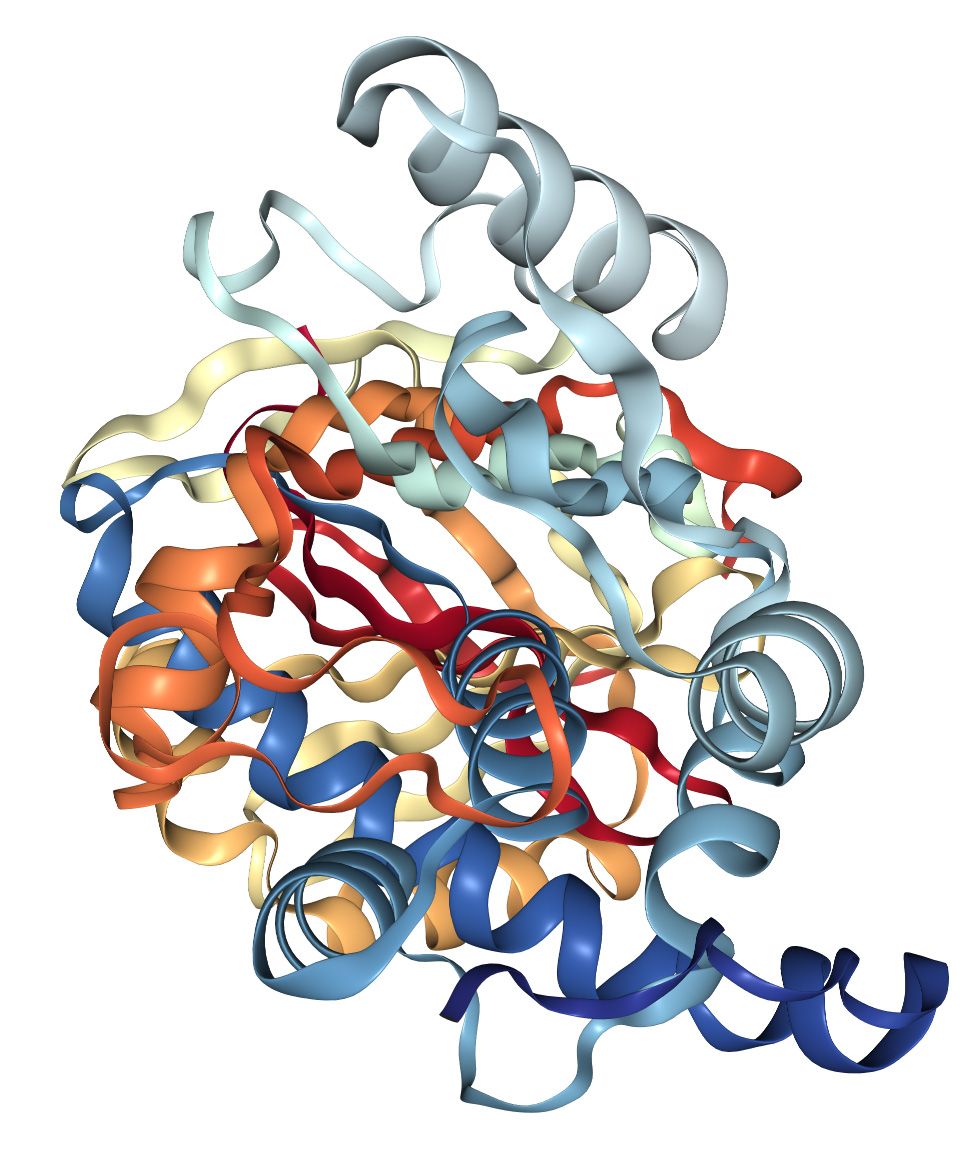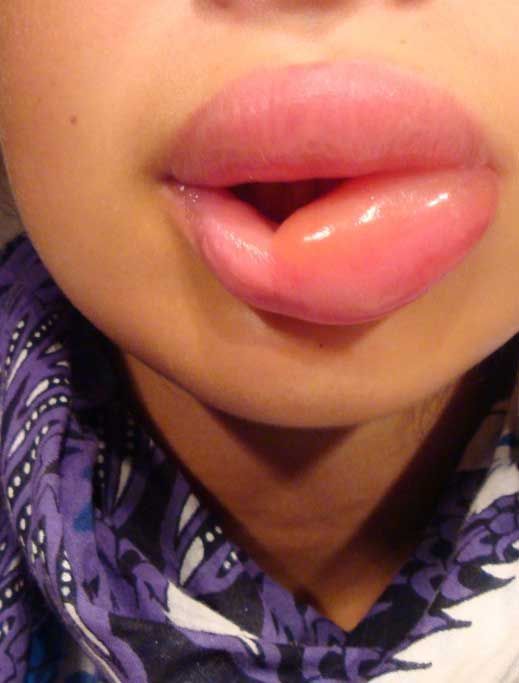BRADYKINIQUESAE angioedema with or without C1 inhibitor deficiency

Protein C1 - Inh
Its real name is C1inhibitor
It is a small protein circulating in the blood. Its role is to slow down, when necessary, other proteins or biological mechanisms, to prevent the runaway of a cascade of proteases that normally generates bradykinin.
When C1inh is absent or malfunctioning, the cascade is no longer controlled and bradykinin levels increase. Angioedema can then occur. C1inh deficiency is due to a mutation in the C1inhibitor gene (named SERPING1). This genetic disease is transmitted to both boys and girls.
Angioedema
bradykinin is rare
Hereditary angioedema (HAE) is a rare genetic disease that affects approximately 1 in 50,000 people worldwide. They are classified into 3 types according to the biological results. These angioedemas are isolated: no redness, no itching. They can start very early in childhood. The frequency of attacks is very variable and can change during life. The diagnosis is based on a blood test to measure the C1 inhibitor protein and to do genetic analyses. Management is done by a specialized center.

Normal C1 inhibitor angioedema
They are of 2 types:
- Hereditary angioedema with normal C1 inhibitor: They are associated with FXII, PLG or KNG1 mutations. The diagnosis is solely genetic. The disease is transmitted to both boys and girls. The symptoms are the same as hereditary angioedema with C1 inhibitor deficiency. Like them, the disease is more severe in women because they are very sensitive to estrogen. The disease often appears when taking a contraceptive pill or during pregnancy.
- Angioedema secondary to ACE inhibitors: These drugs are prescribed to control blood pressure. In very rare cases, they can trigger bradykinin-induced angioedema. Angioedema can occur within days of starting treatment or several years later (sometimes after 20 years of treatment). If ACE inhibitor-induced angioedema is suspected, the ACE inhibitor should be stopped and a CREAK expert consulted. When the diagnosis is confirmed by the CREAK expert, the ACE inhibitor is contraindicated for life.
C1 inhibitor deficiency
- Hereditary angioedema with C1inh deficiency is characterized by isolated angioedema (without urticaria) that lasts at least 24 hours (up to 5-7 days). The pathology is often more severe in women because estrogens promote attacks.
- The first seizures occur on average around the age of 10 but can occur as early as the first year of life.
- Certain events can trigger a crisis: dental care, surgery, fibroscopy, viral infections, fatigue, taking certain contraceptive pills.
- Puberty and pregnancy are often a triggering event and/or an increase in the frequency of seizures.

Consequences of angioedema
- All bradykinin angioedemas (hereditary or ACE inhibitors) are at risk of localization in the throat and asphyxia. This is why, as soon as the diagnosis is confirmed, the CREAK doctor prescribes emergency treatment and trains patients in self-injection. If there is the slightest doubt, call 15 and/or go to the emergency room.
- Consequences at the level of the stomach: The abdominal crisis can resemble a digestive occlusion crisis which lasts at least 24 hours (up to 72 hours) and which resolves spontaneously. If a scan or ultrasound is done, fluid is found in the stomach (ascites). When the diagnosis is confirmed, the patient has a home treatment, which he can self-inject and which quickly makes the crisis disappear.









